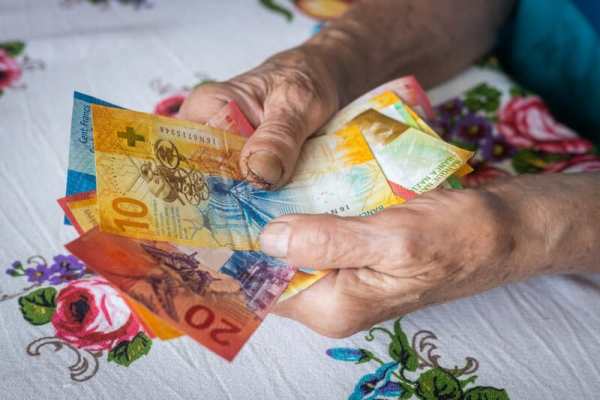In 2022, 2.9% of the population received welfare, according to data published by the Federal Statistical Office (FSO) this week. Since 2005, when nationwide data on welfare was first collected, the rate has only dipped below 3% once before in 2008. The highest it has been was 3.3% in 2016 and 2017. © ochu2008 | Dreamstime.comWelfare does not include basic unemployment benefits, state pension payments or standard disability payments, which are Switzerland’s largest social transfers. However, it does include supplementary payments on top of basic state pension and disability payments along with other payments aimed at alleviating poverty. Total estimated social spending in 2022, of which welfare is one portion, is expected to be CHF 208 billion, roughly 23,000 per capita. 83% of this
Topics:
Investec considers the following as important: Editor's Choice, Human interest, Personal finance
This could be interesting, too:
Investec writes The global brands artificially inflating their prices on Swiss versions of their websites
Investec writes Swiss car insurance premiums going up in 2025
Investec writes The Swiss houses that must be demolished
Investec writes Swiss rent cuts possible following fall in reference rate
In 2022, 2.9% of the population received welfare, according to data published by the Federal Statistical Office (FSO) this week. Since 2005, when nationwide data on welfare was first collected, the rate has only dipped below 3% once before in 2008. The highest it has been was 3.3% in 2016 and 2017.

Welfare does not include basic unemployment benefits, state pension payments or standard disability payments, which are Switzerland’s largest social transfers. However, it does include supplementary payments on top of basic state pension and disability payments along with other payments aimed at alleviating poverty.
Total estimated social spending in 2022, of which welfare is one portion, is expected to be CHF 208 billion, roughly 23,000 per capita. 83% of this was paid out as state pensions (42%), sickness benefits (33%) and disability support (8%). Total social spending has more than doubled (2.5x) since 1990, a rate well in excess of population growth (1.3x), reflecting the growing percentage of pensioners and elderly in the population.
The decline in the welfare portion of this in 2022 can be seen in nearly all risk groups. However, minors (4.8%), foreigners (5.9%) and divorcees (4.5%) continue to have the highest rates.
The sharpest increase was among refugees. Around 25% of all recipients were refugees from Ukraine. Asylum seekers and refugees from other nations made up another 21%, bringing the refugee/asylum total to nearly half (46%) of all beneficiaries.
Welfare rates varied significantly by canton. In Appenzell Innerrhoden only 0.9% of the population received a welfare payment during 2022. At the other end of the scale were Neuchâtel (6.3%) and Geneva (6.2%) – rates in other cantons.
For nearly 42% of recipients the payments lasted less than one year. In total, 28% of total welfare recipients were back on their feet during 2022. Asylum seekers have the most difficulty getting off welfare. Nearly 70% of asylum seekers from 2016 were still on welfare in 2022, a rate 14 percentage points lower than 2016 (84%) when they entered the system. Integrating into the workforce seems to be a key challenge. Nearly 53% of these beneficiaries were without work in 2022.
More on this:
FSO data (in French) – Take a 5 minute French test now
For more stories like this on Switzerland follow us on Facebook and Twitter.
